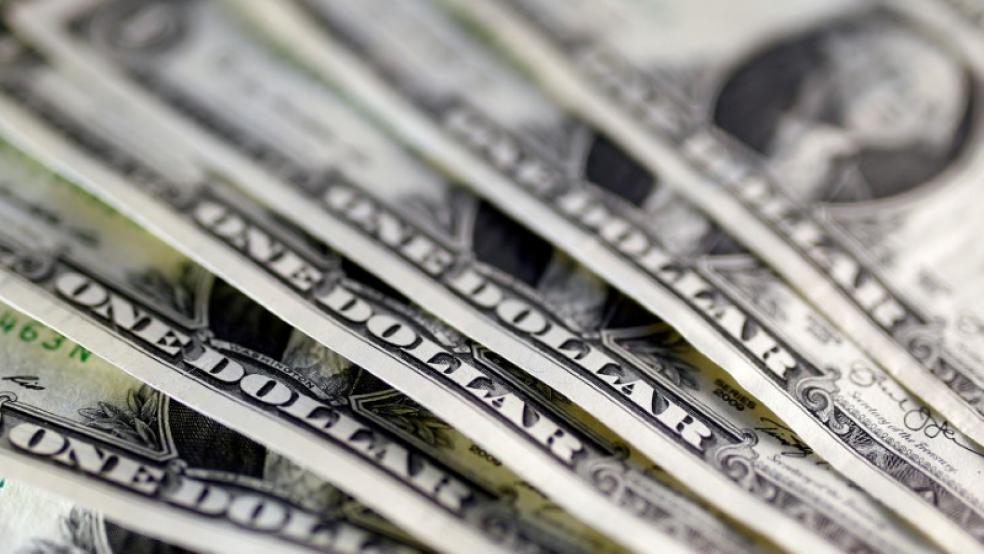Inflation took a bit of a breather in April, as the Consumer Price Index rose 3.4% on an annual basis, down a tenth of a point from the March reading, according to government data released Wednesday. On a monthly basis, prices rose 0.3%, down from the 0.4% pace recorded in March.
Housing and gasoline prices were the main drivers behind the index’s rise, responsible for about 70% of the overall result.
The core CPI index, a closely watched measure that excludes volatile food and fuel prices, saw a slightly larger dip, dropping two-tenths of a percentage point to 3.6% on an annual basis — the smallest increase in core CPI since early 2021.
What people are saying: Asserting that fighting inflation is his “top economic priority,” President Joe Biden noted that core CPI recorded its smallest increase in three years. Biden said prices are still too high, though, and he vowed to address them through his plans to lower prescription drug and housing costs.
Former Obama administration economic adviser Jason Furman said the April report was “relatively dull” and would have little effect on policymakers on its own. “Inflation is still too high,” he wrote on social media. “A tiny bit of easing but no surprise there.”
The Washington Post’s Heather Long cited the positive parts of the report: “Food, cars and other goods are no longer rising in price. Monthly food inflation has been 0% in past few months,” she wrote. On the other hand, “1) Rents still high 2) Auto insurance is crazy +22.6% in past yr and 3) Gas prices creeping up again.”
RSM economist Tuan Nguyen said the overall picture is positive. “In our view, the economic fundamentals remain encouraging for further disinflation, even though the path to price stability has been bumpy,” he wrote. “Rates are highly restrictive, continuing to soften overall demand, especially in housing and automobiles, two of the top categories that contributed to the sharp spike in inflation over the last three years.”
Economist Erica Groshen of Cornell University agreed. “This is a very comforting report,” she said, per The Wall Street Journal. “It is consistent with the view of a soft landing.”
What comes next: The easing comes as a relief to analysts who were worried that larger-than-expected price increases in the first three months of 2024 might indicate that inflation was becoming entrenched and possibly reigniting. At the same time, the April CPI report is far from an all-clear in the war against excess price increases. Stephen Stanley, chief U.S. economist at Santander, told The New York Times that he saw the latest data as “a small step in the right direction,” while Sarah House of Wells Fargo said “there’s still work to be done.”
Federal Reserve officials will undoubtedly want to see more data before they conclude that the battle is conclusively going their way. Fed Chair Jerome Powell said earlier this week that the central bank needs to be “patient and let restrictive policy do its work” amid frustratingly sticky inflation data.
Still, as we mentioned above, the April inflation data gave investors hope that the Fed would cut rates at some point this year, a much-desired scenario that some had started to doubt. The CME FedWatch probability of a September rate cut jumped from about 65% yesterday to more than 75% today.




